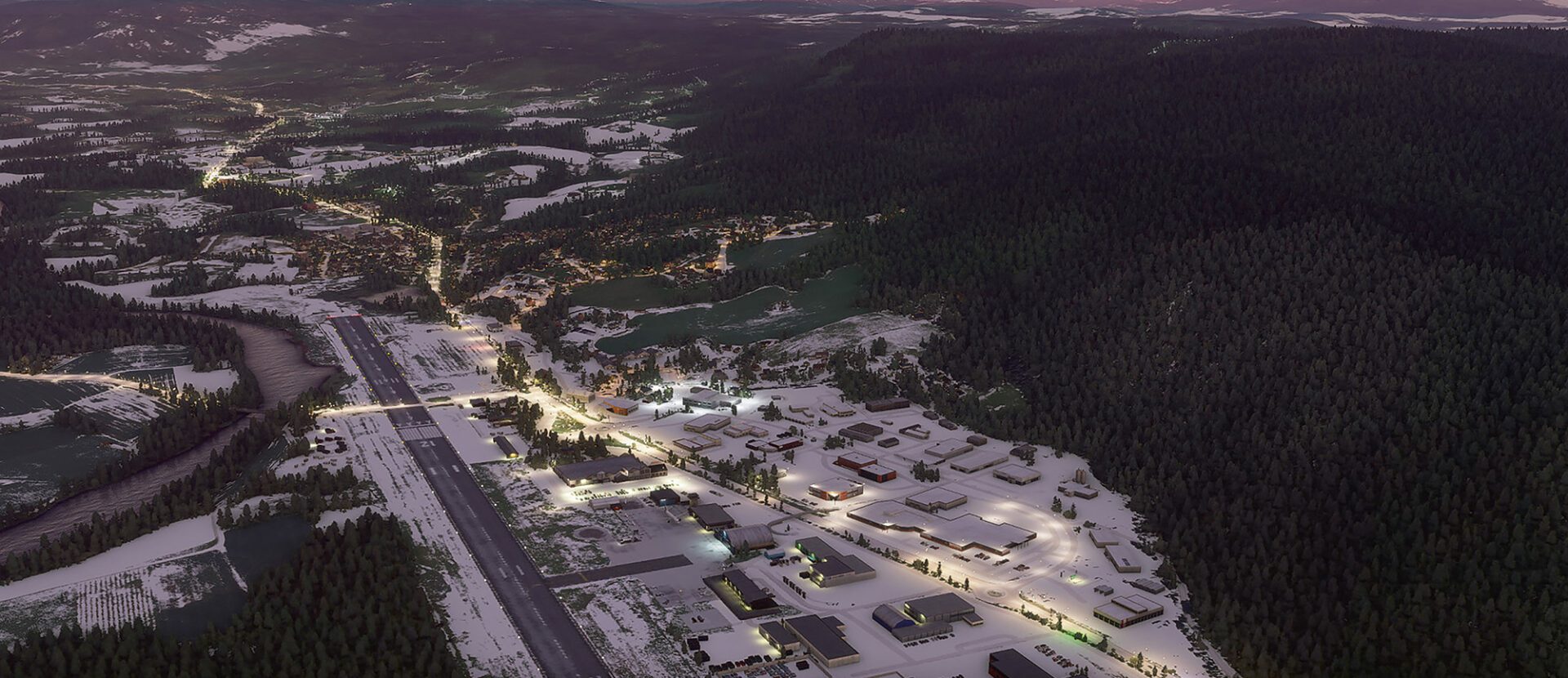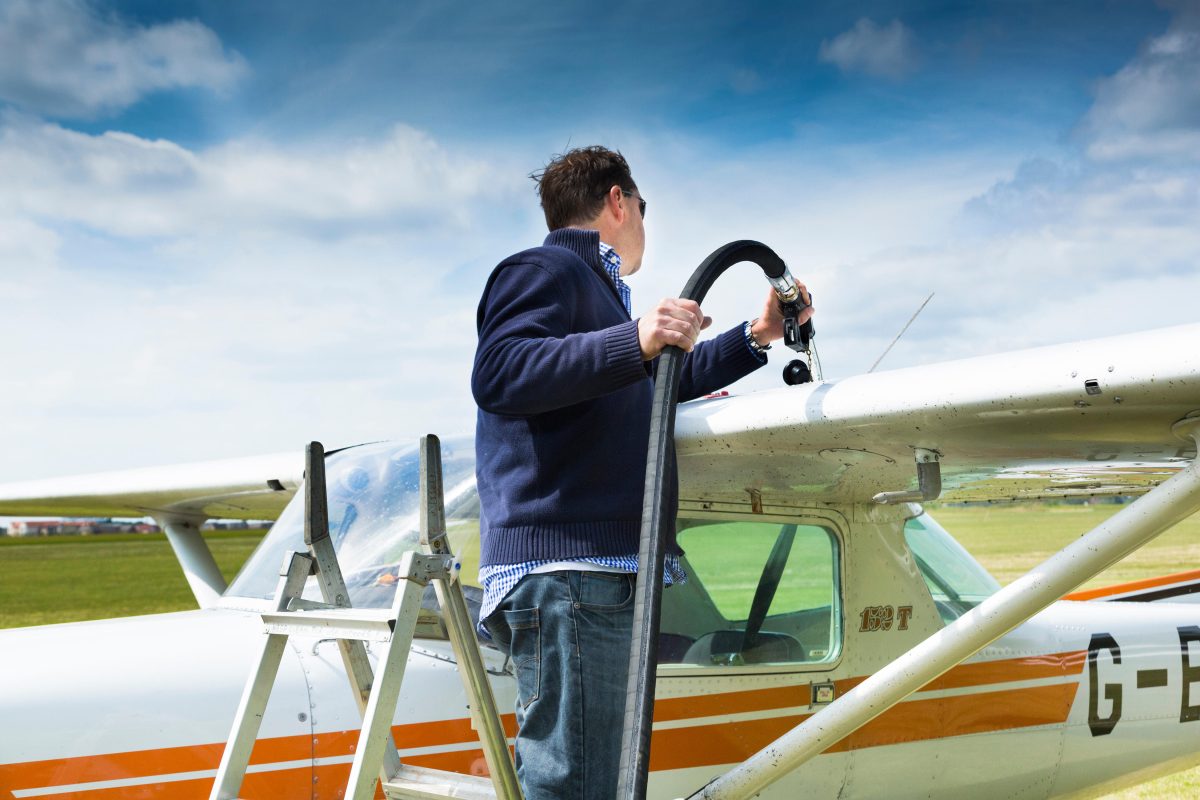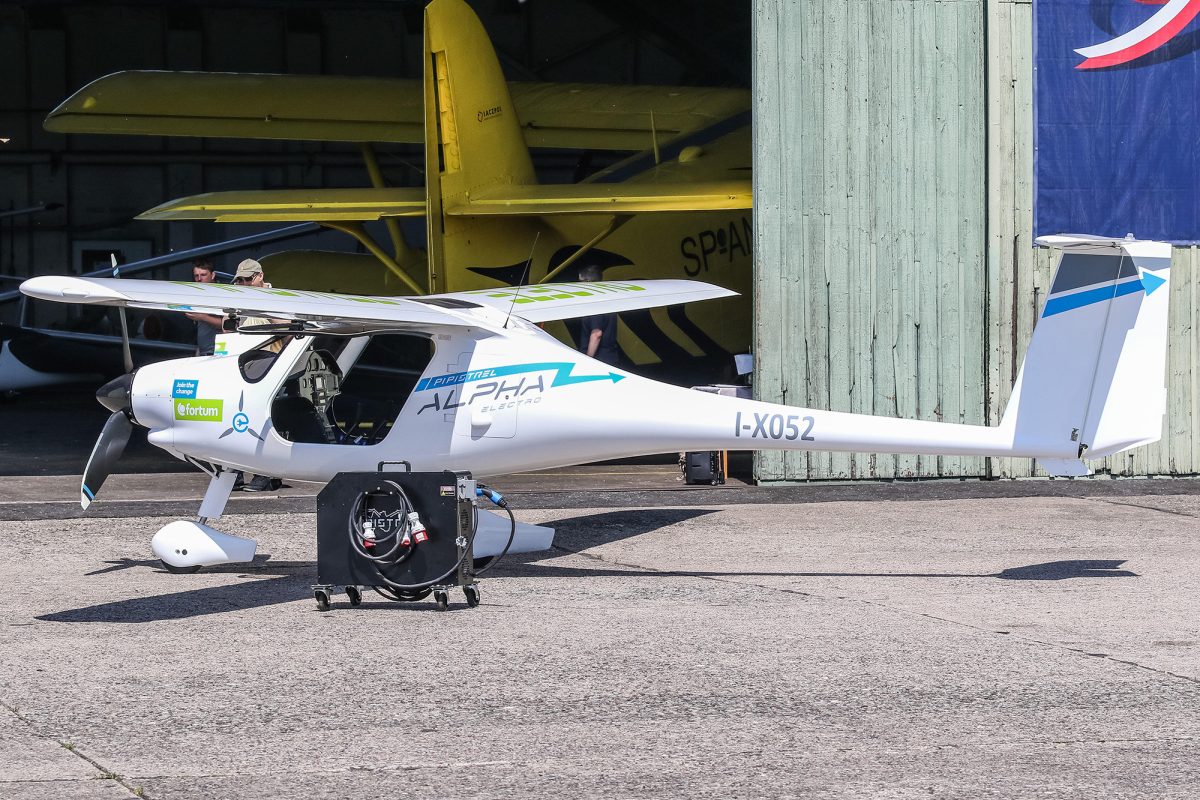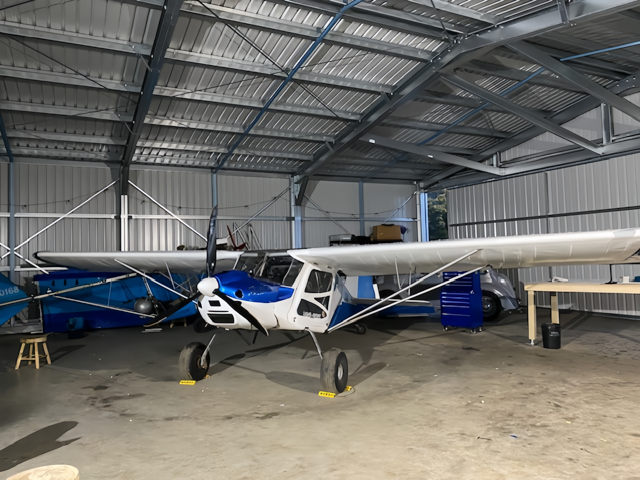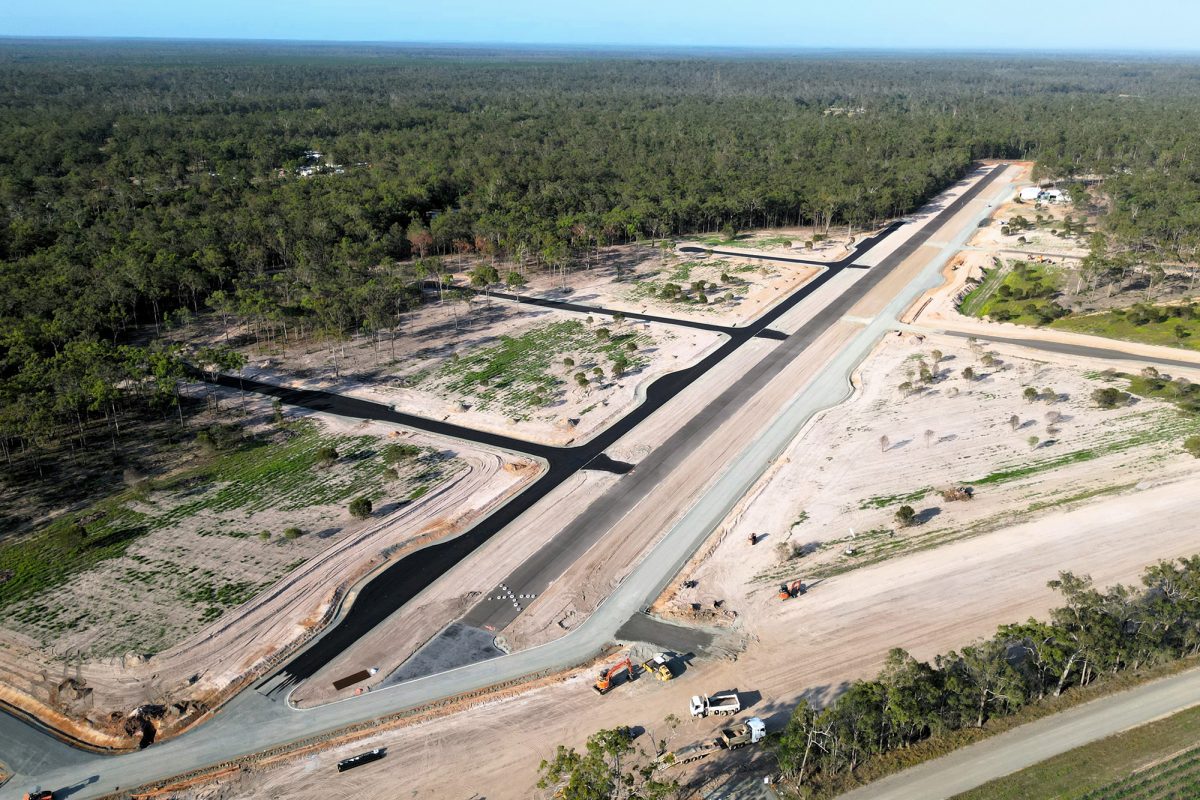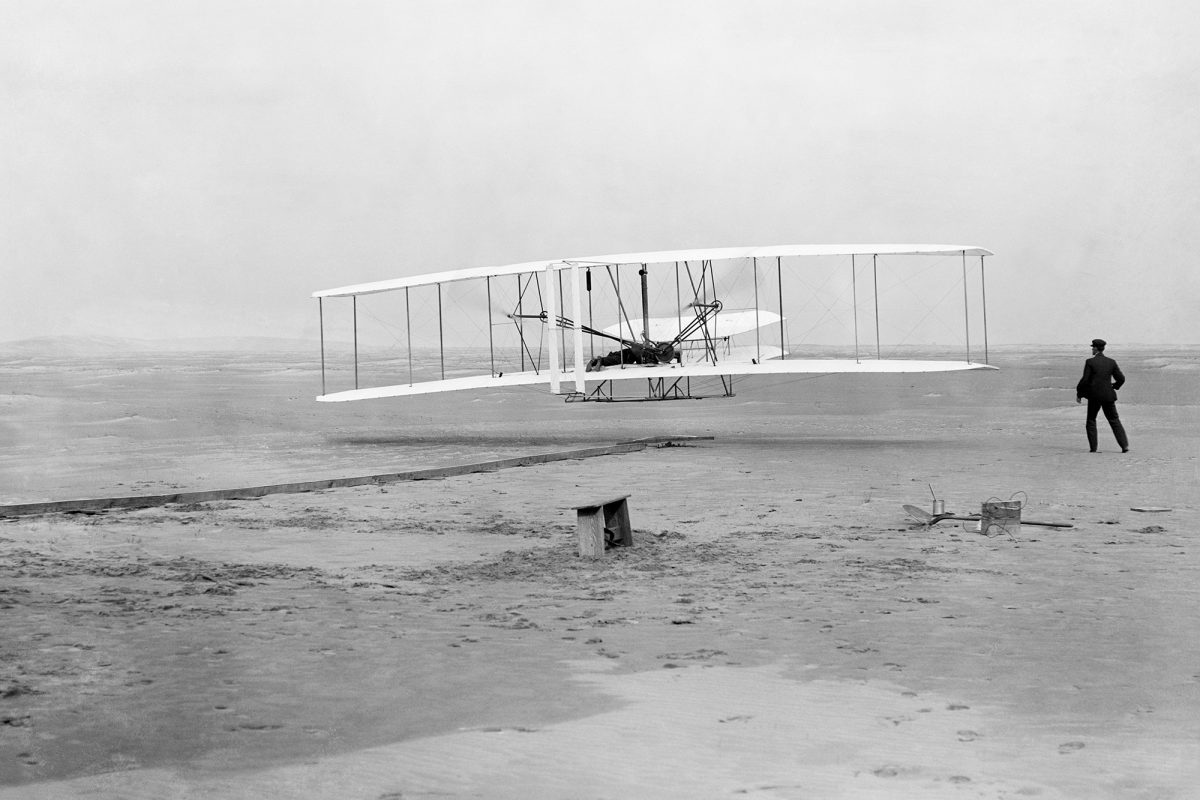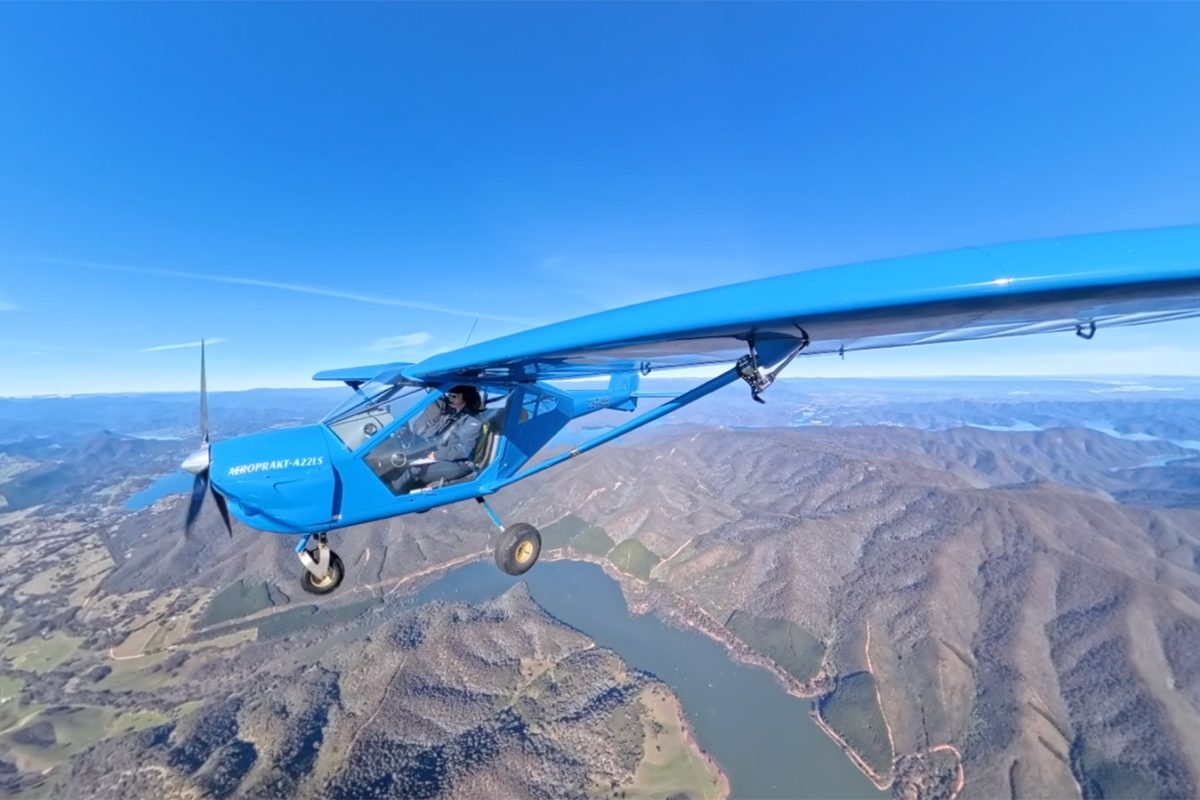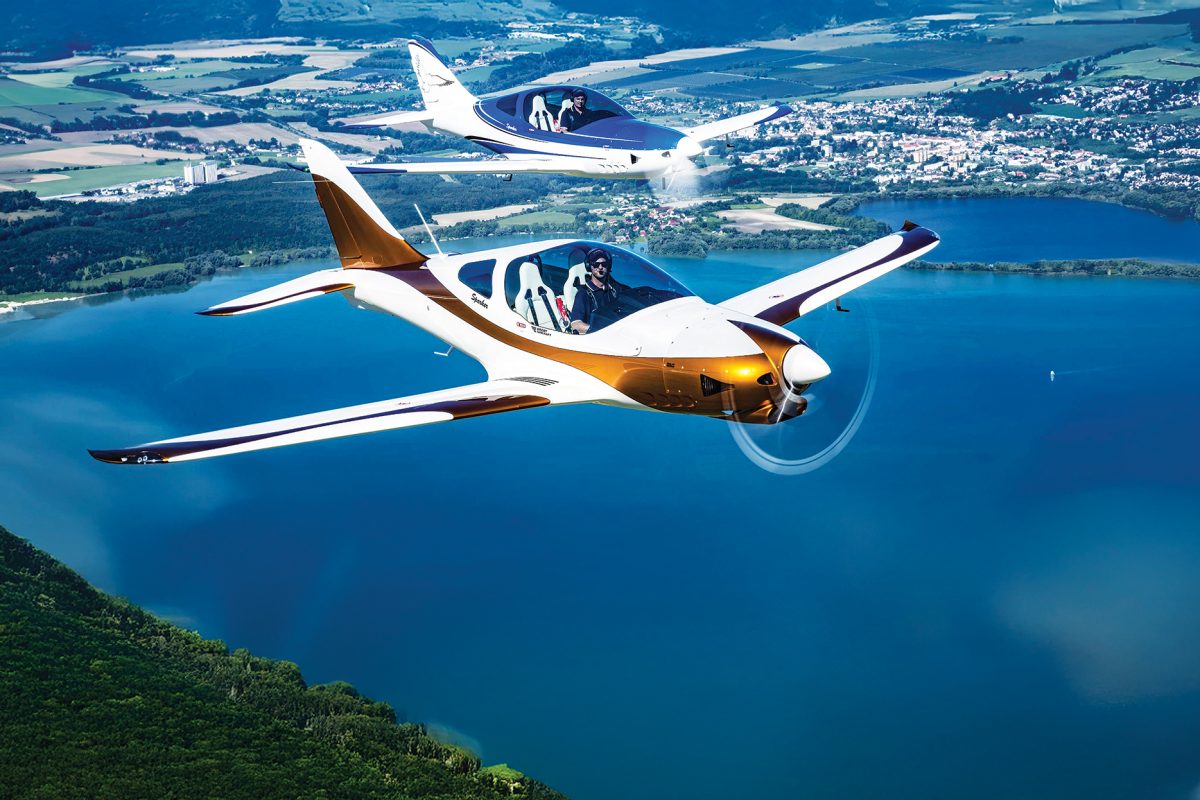CAN A FLIGHT SIMULATOR IMPROVE YOUR FLYING? JACK WALKER TAKES TO THE VIRTUAL AIR TO FIND OUT…
The first thing about the new 2020 Microsoft Flight Simulator is this: It’s big. 127 gigabytes of big. So, the first thing was a download. Overnight. And some of the next day. I then got distracted with other things and by the time I got back to it, there was an update. 114 gigabytes. Great. A day later we were ready to launch.
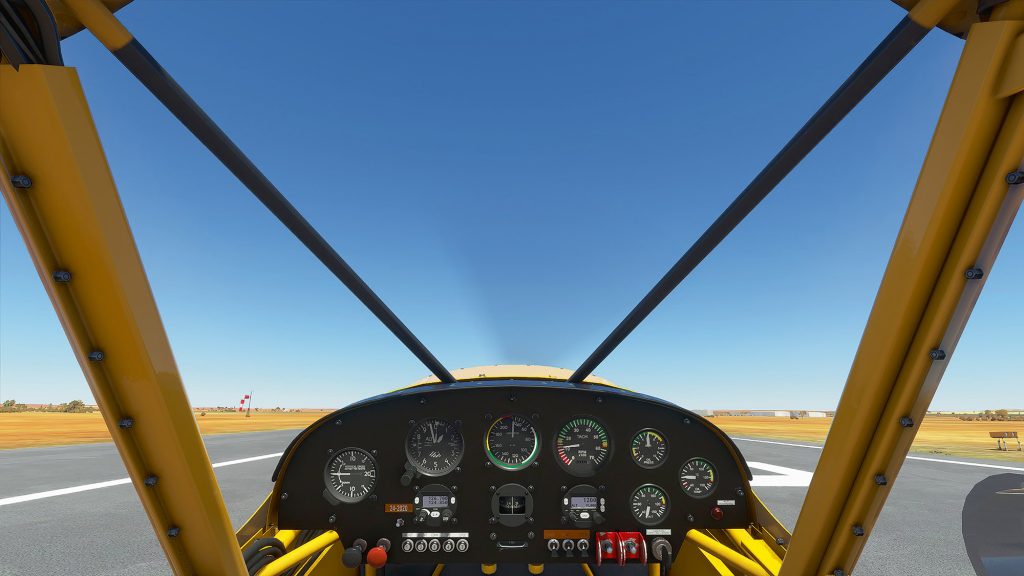
And then the complexity of the thing hit me. I have an old joystick and pedals which I had used to play some flight sims before. But getting them to work with MSFS20 meant painfully logging each input. Finally, several hours later, we were ready to take to the virtual air. It’s beginning to feel like real world aviation already.
MSFS20 has a rather nice training program that allows a complete beginner to get in to the air. I decided to try these as it was as good a starting point as any. The default setting is for Sedona airport in Arizona. I’d visited Sedona a few years ago and it is a beautiful desert place, with red, rocky cliffs – a bit like the Macdonell Ranges near Alice Springs. According to the new age types, it sits on the apex of several lay lines. That’s attracted a bunch of hippies which means you can get all the organic free-trade coffee and crystals you need. There are nice people and it’s a great place to fly.
The introductory flights are exactly what you’d get in a trial instruction flight. But the striking thing for me is how photo-realistic the detail is and just how close the feeling is to sitting in a real plane cockpit. There’s a friendly (read; annoying) instructor who cheerfully takes you through the controls and basic manoeuvres. Mostly what these demonstrated was that my joystick/ rudder setup needed tweaking because the slightest control movement would flip the aircraft. Sometime later…we resumed.
So, how does this stack up against real flight? Obviously, it’s not the same. But if you squint your eyes a bit it looks a whole lot like the real thing. What’s most impressive is that you find yourself doing the things you should be doing in a real aircraft – panel scan, downwind checks, flap positioning. All the things you do in the real aircraft, you do here.
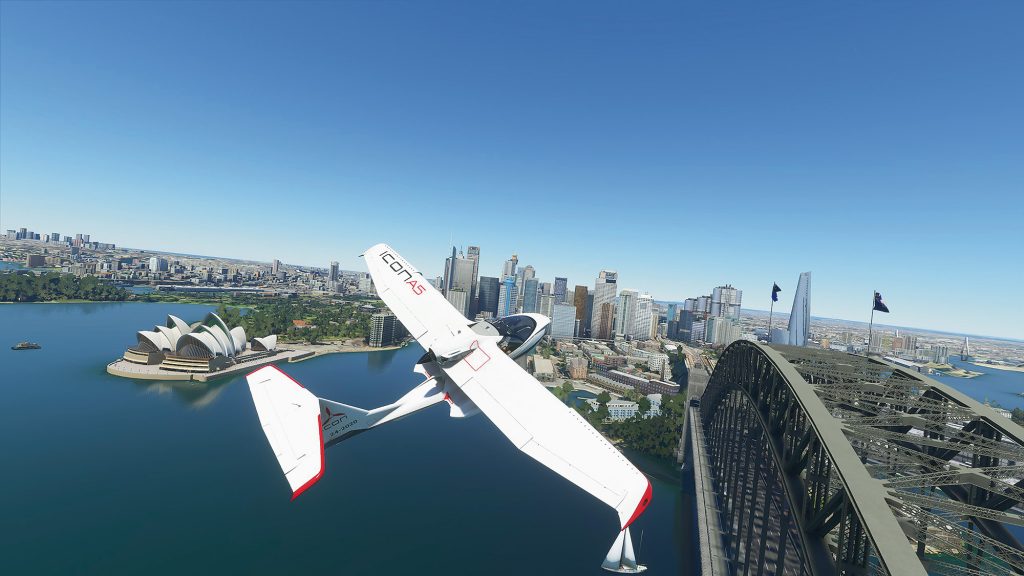
Psychologists have researched learning a lot. Did you know that just thinking about something can improve your motor learning? I’m not sure whether to be more surprised that it is true, than that someone decided to publish a paper on it, but there you go.
Airlines and the Air Force have long realised that simulation is a valid learning tool. Simulators have been around since before the Second World War. That conflict suddenly created the need for thousands of trained pilots and simulation is seen as a safe and effective way to enhance traditional, hands-on training. That took some time to penetrate both the market and regulators, but now most general aviation schools provide simulation time as a part of their syllabus.
Of course, military and airline simulators are very sophisticated, with physical representations of the aircraft and even motion simulation, which is beyond the reach of a private pilot, right? Well, actually, no. If you want to, you can build an entire virtual cockpit and even a motion simulator which quite a few people have already done. We’re talking professional quality simulators here, but if the research is to be believed, you don’t need all of that to get most of the benefit. It’s probably just more fun.
Back to the simulator. With the basic controls under my belt, it was time to get a bit closer to home. One small problem is that MSFS20 is brand new. So, all of the nice add-ons and packs that give you detailed local scenery and other planes haven’t been completed yet. There are quite a few third-party software companies that make a very handy living producing custom landscapes and aircraft for flight sims. There are even people making a killing with custom weather. If only I’d known that being a virtual cloud designer was a career option!
It turns out that one of the largest suppliers of Microsoft Flight Simulators add-ons is based right here in Australia. Orbx grew from a passionate enthusiast’s hobby in to a multimillion-dollar business that spans the globe by producing add-ons for flight sims. For the new MSFS, they’ve updated and improved the Sydney terrain as their first offering. In off-the-shelf trim, MSFS version of Sydney is fairly barren. No bridge is the most obvious visual cue to anyone familiar with Sydney. I loaded up the new Sydney scenery from Orbx, who provide a tool that does it for you and decided that the best plane for Sydney Harbour would be the Icon A5 Amphibious Airplane. It would also give me a chance to try out the Icon – at least in the virtual sense.
With a sunny day selected and right above the harbour as my launch point, I started the program. And boom, there I was over Sydney. Now, it’s not perfect but it is very, very good. I’ve flown over Sydney many times and spent plenty of time on the harbour.
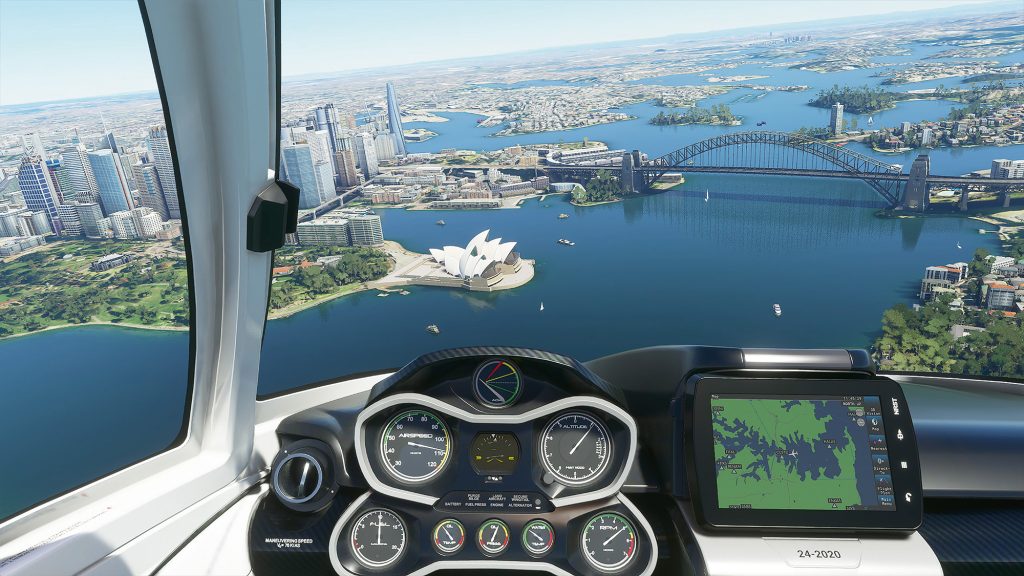
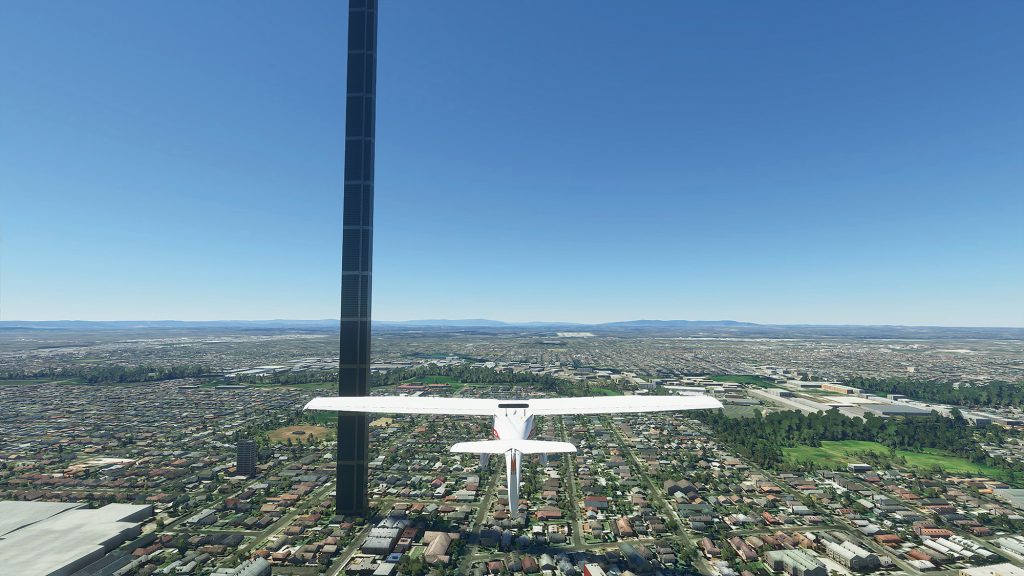
After a pleasant cruise around the harbour, I thought it might be a good idea to land near the bridge. Following the manufacturers numbers, I eased down to a graceful landing and went splat. A rude message indicated I had exceeded my abilities. Just as well, it wasn’t real life. I guess that is why we practice on a simulator.
I had to pay a quick visit to my old home-town of Melbourne to check out a known glitch. Microsoft Flight Simulator uses Bing maps for terrain. Somebody has made a small keyboard error in Bing that resulted in a 212-storey skyscraper appearing in Melbourne’s northern suburb of Fawkner. This has made Melbourne something of a drawcard for flight sim enthusiasts around the world who want to see the towering monolith before it gets removed by an update. After a quick rundown the Yarra for old-times’ sake, I landed at the old RAAF base in Point Cook, because, well, why wouldn’t you?
This got me to thinking about how you could benefit from a flight simulator this good and here’s some great ways to use a simulation like this to improve your flying.
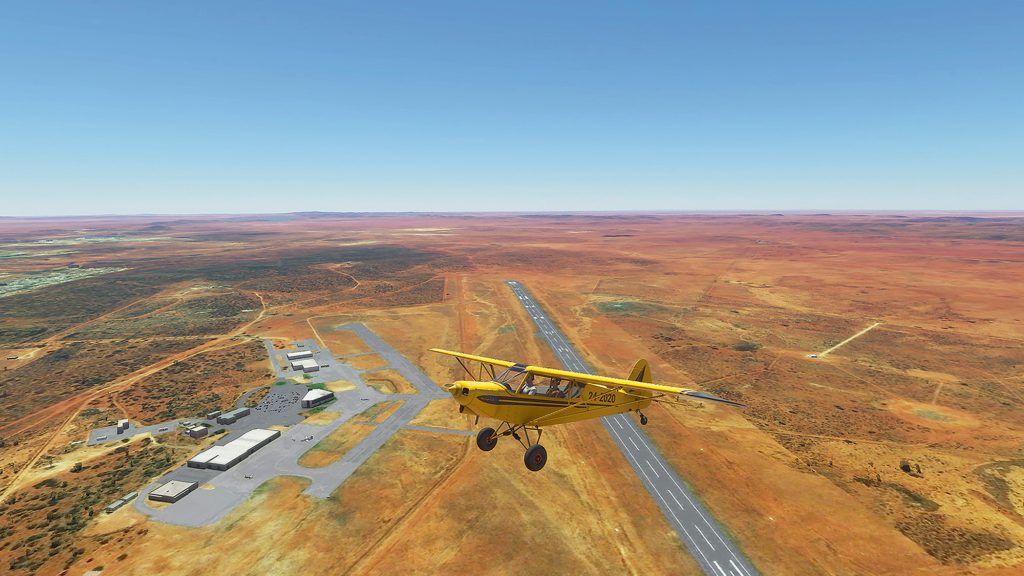
BECOME FAMILIAR WITH AN AIRPORT BEFORE YOU GET THERE
The ability to practice a flight before you make it is a great feature of a simulator, but especially when you are visiting an unfamiliar airport. I travel to Broken Hill a bit, so I thought I would check out just how well represented this airport was. The answer is very, very well represented, even in the standard early flight simulator release. I arrived overhead, made my calls, joined mid-downwind and landed, then taxied about a bit. It’s not the same, but close enough to the real thing. Take off was almost like being there, except it wasn’t 38 degrees like normal in the cockpit.
The ability to familiarise yourself with an airport and surrounds before arriving can’t be overestimated. It’s one of the busiest times in the cockpit and familiarity with the circuit takes all the guesswork out. So big points there to the simulator.
EXPERIENCE AIR TRAFFIC CONTROL CALLS
Microsoft Flight Simulator has Air Traffic Control that will respond to your request. To be honest, I am still learning this feature, but what I saw amazed me. Better still, you can turn on live traffic. What that means is the live feed of traffic is taken in real time, so both the aircraft around you and the air traffic control features are taken from real life. Unfortunately, as this was at the height of COVID-19, there weren’t many aircraft about. When things get back to normal, I’m sure it will be one of the coolest features to play with.
PRACTICE YOUR CIRCUITS
We are all searching for the perfect circuit – on the numbers, perfect turns, well-timed calls, traffic management to a tee. You won’t achieve perfection ever, but you can edge closer with practice and the MSFS helps you with that by really re-enforcing your procedures and cementing that with practice.
SIMULATE EMERGENCIES
I don’t ever want to find myself upside down, with an engine failure in cloud. But I’d sure like to know what to do if it happened. MSFS lets you try any scenario and provides you with a real enough environment to get the heart beating. Want to try a landing with no rudder? Here’s your chance to test it out. When did you last practice your engine failure drill? A simulator lets you refresh your memory without putting you at risk and costing you air time.
In short, Microsoft Flight Simulator is an amazing technical achievement. So amazing, that you can’t actually run it at its full potential on existing computers. It’s been designed to take advantage of the upgrades that will come over the next decade. Testing was run on a i7-8700k processor, running Windows 10 65bit, with 32gb ram and a GeForce 1080ti video card – which allowed medium detail and a reasonable frame rate. You wouldn’t want to run it on much less than that for a good result.
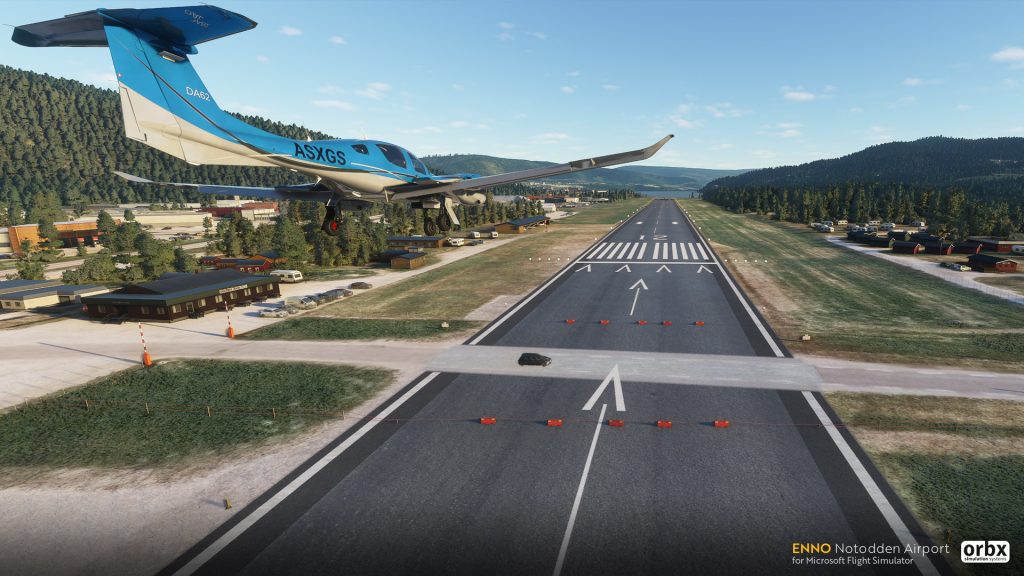
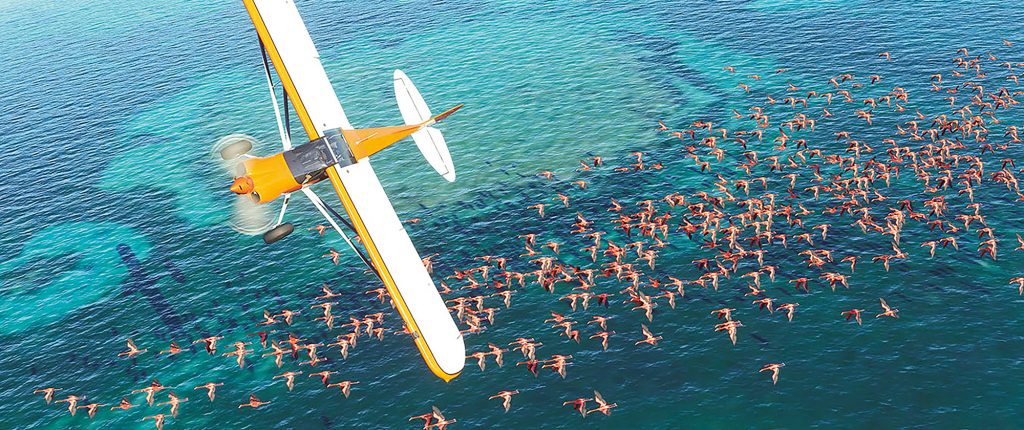
So, would I put my money in to Microsoft flight Simulator and a joystick/rudder combo now? Actually, I did. For a few hundred dollars you can rack up unlimited hours of simulator experience and have quite a lot of fun, but you will need a reasonably powerful computer. You can test out aircraft you will never fly, and travel air routes you might never otherwise see. Better still, it might just make you a better pilot.
